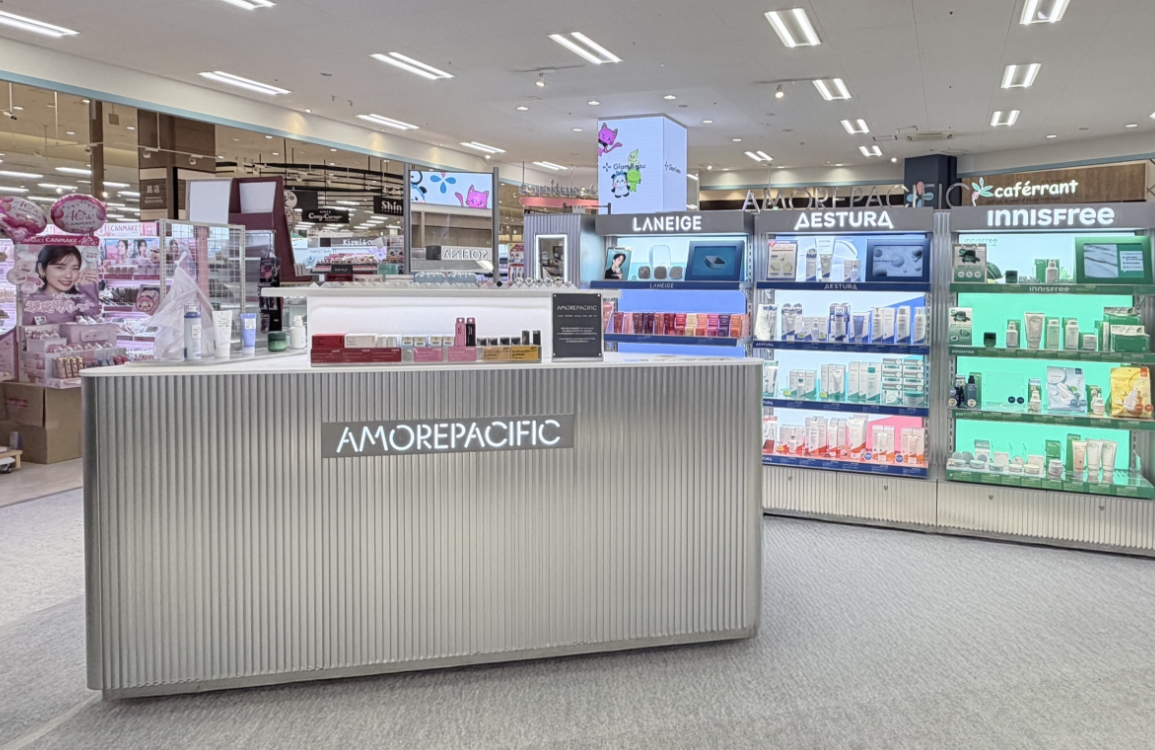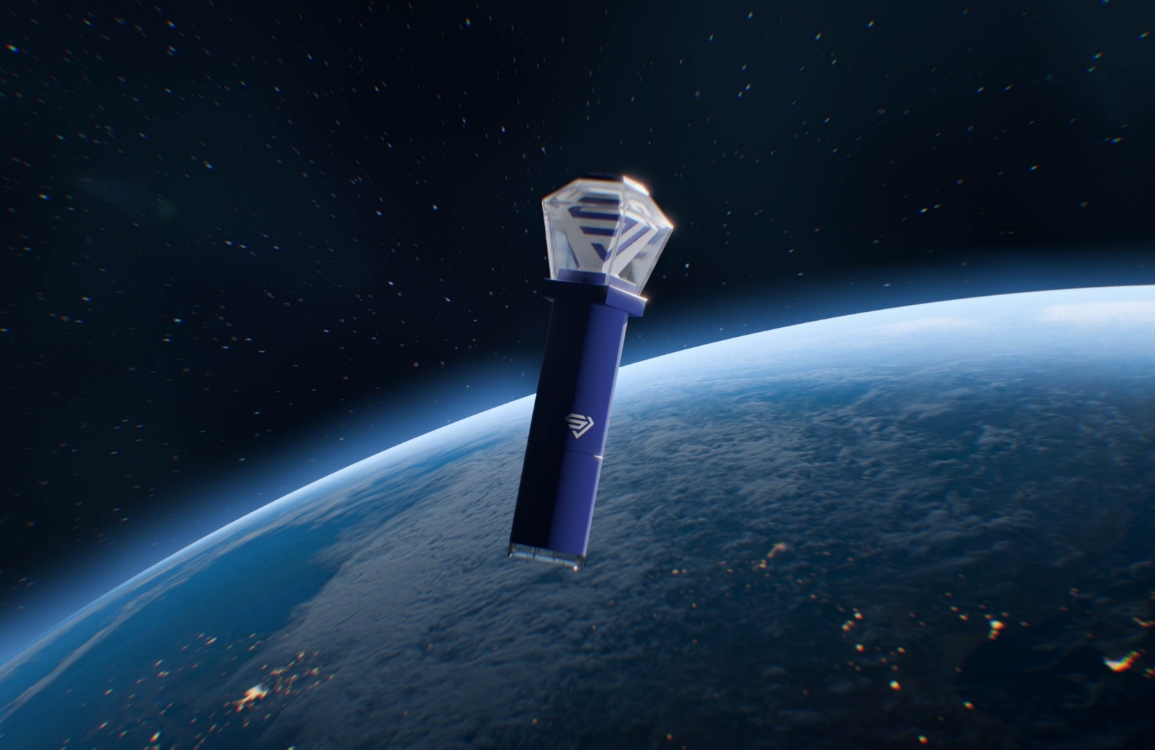Deriving Meta-green Pop-up Image References (Using AI)
The Meta-Green Pop-Up Project marked Vital Beauty’s first offline pop-up event, designed to offer customers—who had previously recognized the brand mainly through strong advertising slogans—a space to discover Meta-Green in greater depth.
In particular, green tea catechin, the key ingredient of Meta-Green, is a component originally developed by our company.
The goal was to create an environment where visitors could easily and authentically understand both the development story and the remarkable diet efficacy of this ingredient.
At Amore Seongsu’s Garden Lounge, the main pop-up space, we planned an immersive, science-lab-inspired concept where visitors could “experiment” with green tea catechins firsthand.
However, as we gathered visual references for this setting, we realized that typical images of laboratories or research rooms did not align with the brand’s aesthetic and identity.
To overcome this, we turned to generative AI tools to explore diverse creative directions and visual references.

Process 01.
Using prompts such as “school science lab,” “lab desk,” and “scale symbolizing diet” in Midjourney, we generated a variety of images.
While these visuals felt fresh compared to conventional laboratory imagery, many resembled medieval spaces or storybook illustrations, making them aesthetically interesting but impractical for real-world application.

Process 02.
Even after varying keywords and repeating generations, the AI continued producing a large number of similarly toned images.
At this stage, we experimented by deleting unnecessary visuals and adjusting parameter values to control the level of detail and shift the overall mood.
We also modified furniture proportions and tested deletion commands. However, Midjourney sometimes overemphasized certain words or reacted unpredictably to exclusion prompts.
For instance, when attempting to remove “animal experiment” imagery, the system interpreted the concept broadly as “life,” resulting in bleak, colorless outputs that strayed far from the intended concept.








Process 03.
The feature of generating dozens of variations within the same mood proved to be both a limitation and a strength.
While the early stages felt directionless, once we achieved the desired mood, new ideas began to flow rapidly.
We explored variations, upgrades, and zoom-in/out adjustments, which proved especially helpful.
Using images generated during this phase, we developed design drafts based on the idea of remodeling a laboratory desk, gaining valuable insights into furniture and prop design along the way.



Final outcome
Building upon the concepts and references derived from Midjourney, we successfully launched: Amore Seongsu Pop-Up (October).
Olive Young Gwanak Store Health Functional Food Zone Pop-Up. Olive Young Awards & Festa Pop-Up Booth (December).
The AI-generated references enabled us to communicate and align more effectively with collaborating teams before entering the design phase, as numerous concept images were generated in a short time.
Furthermore, AI tools provided fresh ideas for furniture and props, greatly reducing the time required to find the right reference images and accelerating the creative workflow overall.
- Amorepacific Creatives
- Designer
- 강해인





